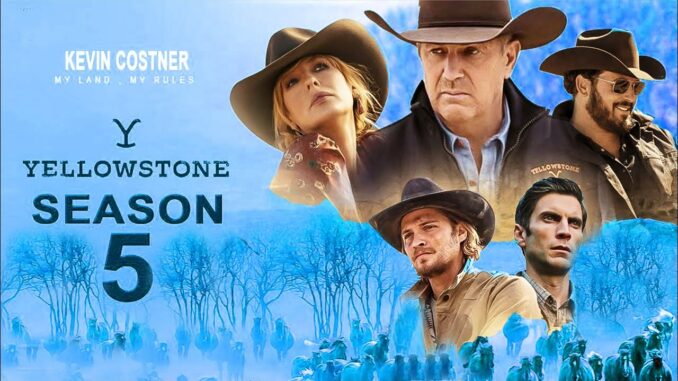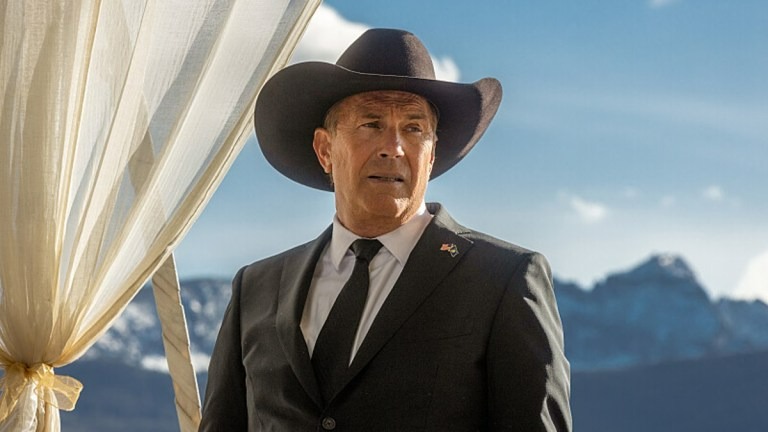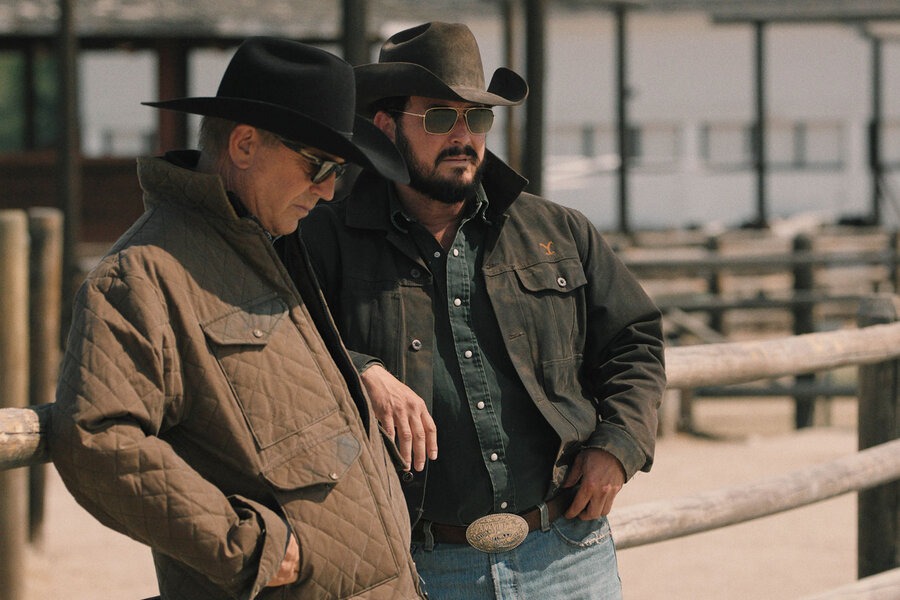
Taylor Sheridan’s TV Empire: Prestige Drama or Just Addictive Fun?
Taylor Sheridan has built a television empire that stretches from the sprawling landscapes of Yellowstone to the gritty world of Mayor of Kingstown and the historical depth of 1883 and 1923. His work is undeniably popular, drawing in millions of viewers and expanding into an entire shared universe. But the real question remains: Are these shows genuinely high-quality television, or are they just well-produced guilty pleasures?
The Sheridan Formula: Grit, Drama, and Power Struggles
At the core of Sheridan’s storytelling is a formula that blends classic Western themes with modern sensibilities. His protagonists are often hard-edged, morally ambiguous figures navigating brutal and unforgiving landscapes—whether it’s Kevin Costner’s John Dutton defending his Montana ranch in Yellowstone, Jeremy Renner’s grim survival in Mayor of Kingstown, or Harrison Ford’s frontier leadership in 1923.

These shows appeal to audiences craving rugged storytelling with a cinematic feel. Sheridan’s dialogue is sharp, his character arcs intense, and the conflicts often revolve around land, power, and survival. These elements give his work a sense of prestige, but some critics argue that the depth is often surface-level, with style taking precedence over substance.
Addictive Viewing or True Prestige?
One of the reasons Sheridan’s shows are so successful is their binge-worthy quality. The pacing is often relentless, with dramatic twists that keep viewers hooked. This has led to comparisons with older TV dramas like Sons of Anarchy or Breaking Bad, which also relied on high-stakes storytelling to maintain engagement.
However, some critics suggest that Sheridan’s work lacks the deeper thematic resonance of truly great television. While Yellowstone draws comparisons to The Sopranos in its portrayal of power and legacy, its execution can sometimes lean into melodrama rather than nuanced character study. Meanwhile, spin-offs like 1883 and 1923 have been praised for their historical storytelling but occasionally fall into predictable patterns of hardship and perseverance.
Strong Characters, But Do They Evolve?
A defining feature of Sheridan’s storytelling is his characters—stubborn, determined, and often unwilling to change. This can be a strength, as seen in Beth Dutton (Kelly Reilly), a character both admired and feared for her brutal honesty and no-holds-barred attitude. Similarly, in Mayor of Kingstown, Renner’s character navigates a morally grey world without a clear redemption arc.
But this can also be a weakness. Some critics argue that Sheridan’s protagonists, while compelling, often lack significant evolution. Unlike Walter White’s transformation in Breaking Bad or Tony Soprano’s inner conflicts, Sheridan’s characters largely remain the same throughout their journeys, making their arcs feel static at times.
The Cinematic Appeal
One undeniable strength of Sheridan’s shows is their visual presentation. With sweeping cinematography that captures the vast American landscapes, Yellowstone and its spin-offs feel like high-budget Western films rather than traditional TV series. The use of real locations, practical effects, and carefully choreographed action sequences all contribute to an immersive experience.

Sheridan’s experience as a filmmaker (with credits like Hell or High Water and Wind River) influences the way his TV shows are shot and structured. They are designed to be experienced on a grand scale, which helps elevate them above standard network dramas. This commitment to cinematic storytelling is one of the reasons his work stands out in the crowded TV landscape.
The Verdict: Guilty Pleasure or Great TV?
So, are Taylor Sheridan’s shows actually good, or are they just addictive guilty pleasures? The answer likely depends on what you look for in a TV series. If you crave intense drama, strong performances, and stunning visuals, his work delivers in spades. However, if you seek deeply layered storytelling with profound thematic exploration, you might find them lacking.
Ultimately, Sheridan has mastered a specific brand of storytelling—one that blends prestige and mainstream appeal. Whether his shows belong in the pantheon of great television or are simply high-quality entertainment remains up for debate, but there’s no denying their impact on the industry and their grip on audiences worldwide.
